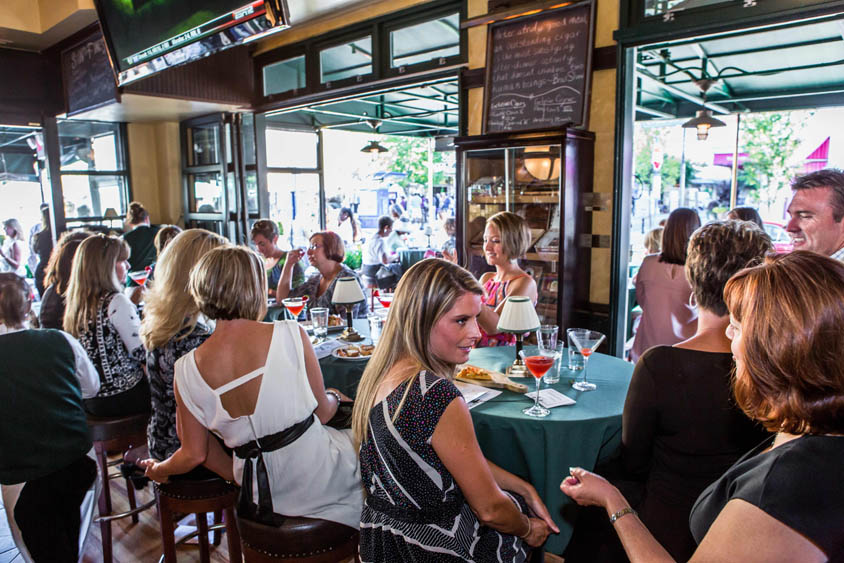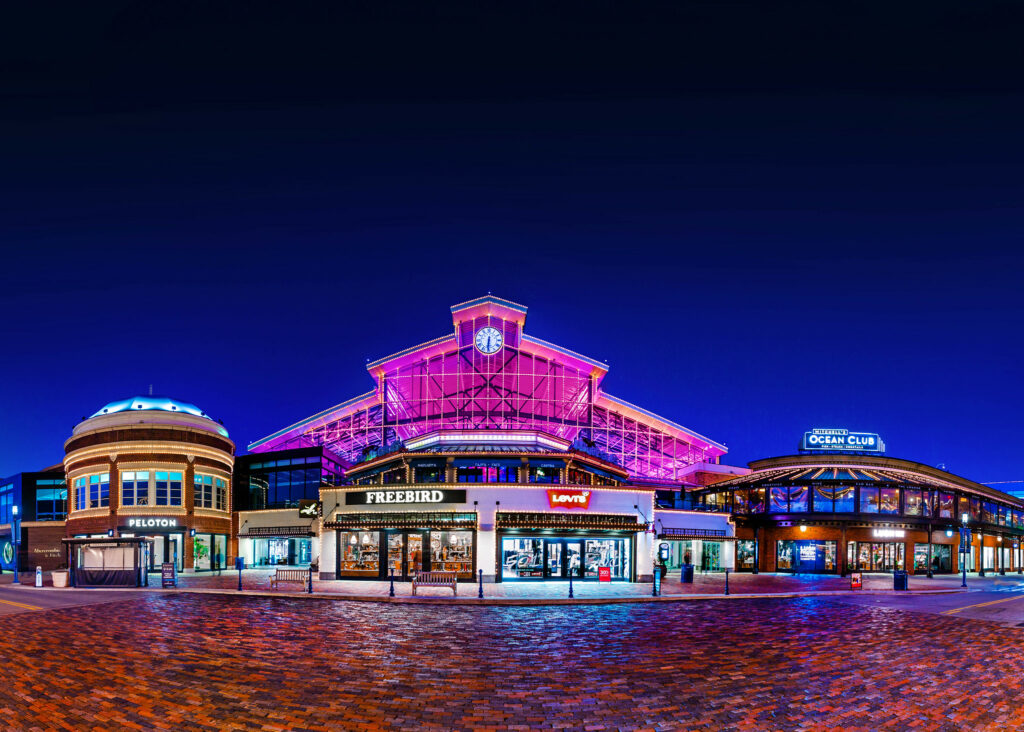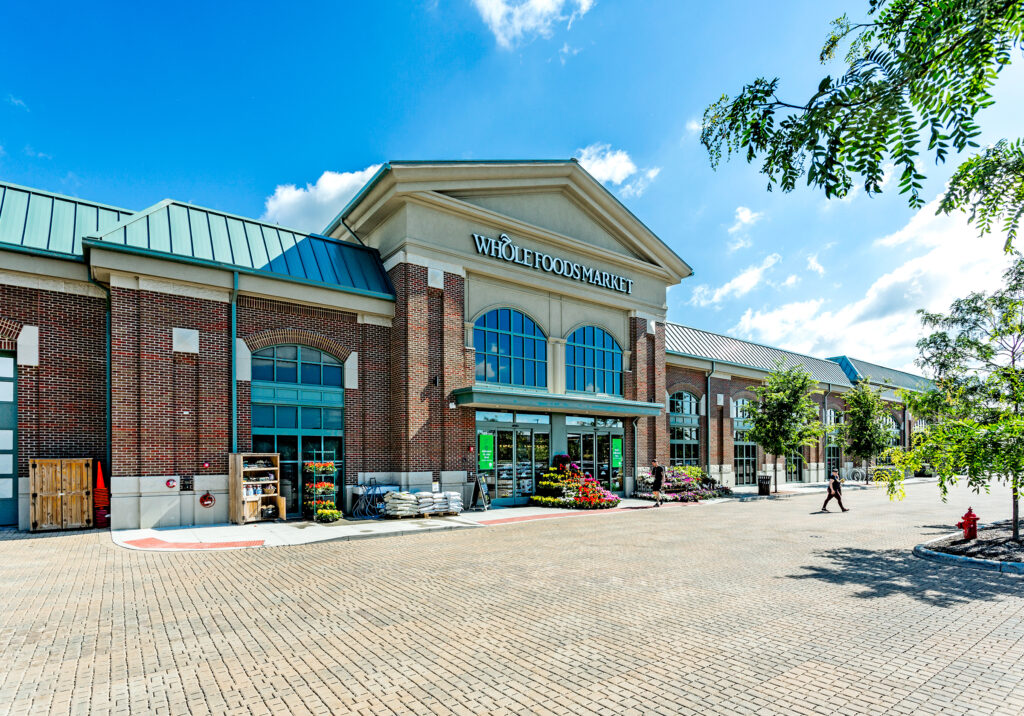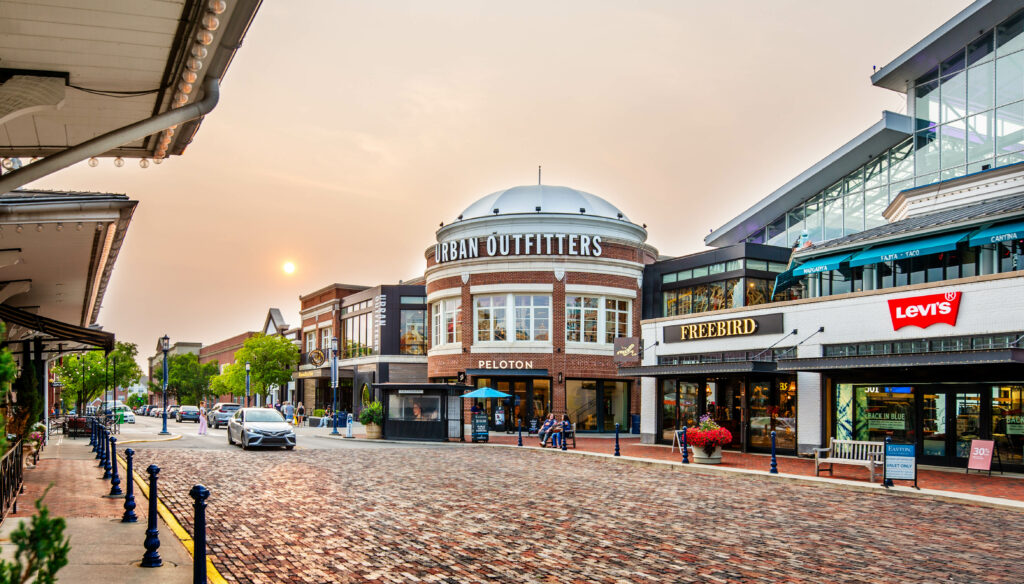By Yaromir Steiner
At a time when attracting traditional department store anchors to a new or existing project is more difficult than ever before, one category that has continued to emerge as the next generation “anchor” is restaurants. Far from a complementary feature, restaurants have become an increasingly significant component of many retail and mixed-use destinations–an economic and experiential “win” for developers, projects and their communities. In some respects, restaurants have become the new go-to retailer, and establishing a critical mass of the right mix of food and dining is considered to be a larger priority than ever before.
Eating out is most definitely in: in fact, Bloomberg reported in August 2015 that for the first time in American history, we spent more money eating at restaurants than we did on groceries. While that is a largely symbolic milestone, it is indicative of the degree to which social norms have evolved, and the extent to which going out to eat–something that used to be viewed largely as a luxury or something for special occasions–has become a regular experience in our daily lives.
As developers and other commercial real estate professionals know very well, restaurants are often destinations unto themselves, in some cases pulling visitors from significant distances to visit, dine and most importantly, stay.
The degree to which restaurants have emerged as an integral component for all new and existing projects warrants a closer look at how and why these important tenants have continued to flourish and grow in retail and mixed-use environments.
Price points
At Easton in Columbus, Ohio, the success of the project’s 60 restaurant tenants–a diverse roster including names like Brio, Northstar Café, Café Istanbul, The Cheesecake Factory, Smith & Wollensky and Mitchell’s Ocean Club–speaks to the power and influence of restaurants. Easton’s restaurants are responsible for a substantial portion of the revenue for the project. While restaurants make up only 6% of the leasable space, they account for more than 15% of Easton’s overall revenue.
Dining anchors have a number of characteristics that help explain their growing appeal to developers, owners and operators. First, restaurants pay rent. Second, the inherently experiential nature of dining and entertainment makes them resistant to the same online competitive pressures that most retailers are experiencing. At a time when unique experiences are considered valuable currency for increasingly animated and destination-driven brick-and-mortar projects, restaurants provide exactly the kind of active and engaging dynamism that drives traffic and boosts bottom lines.
Additionally, today’s extraordinary variety of restaurant types and categories makes it relatively easy to organize merchandising to be consistent and complementary from a co-tenancy standpoint–Smith & Wollensky next to Tiffany’s, Mongolian BBQ next to L.L. Bean, etc.
Design considerations
While restaurants do not require extensive accommodation from a design and development standpoint, there are some basic considerations that developers should be aware of.
Restaurant tenants must not be an afterthought. They are a critical component in every vibrant mixed-use environment, and should be treated as such. At Steiner + Associates projects, most restaurant tenants are located on corners or other prominent locations (perhaps 80% of the corner spaces in Easton and Liberty Town Center are occupied by restaurants and cafes), and in virtually all cases we provide outdoor seating.
There are also some practical design and engineering considerations that must be accounted for. Restaurant tenants have higher power requirements (as much as four to five times higher), typically require sophisticated ventilation systems and grease traps and plumbing infrastructure well beyond the average retailer. For the most part however, it’s just about thoughtful planning ahead of time–you do not want to position a restaurant under apartments, for example.
Menu items
Not all restaurants are created equal. New dining concepts are emerging all the time, and finding the right combination of restaurant tenants is more art than science. Ultimately it is about more than identifying the “right” steakhouse or the hot new Mexican restaurant, it is about selecting a vital and vibrant mix of dining options that creates interest, draws attention, serves the market and ultimately rings the register.
First and foremost, you have to be responsive to the lifestyle preferences of your customers, ideally establishing a group of restaurant tenants that will still be relevant and popular 15 years from now. To do that successfully requires understanding the impact and direction of broad social and dining trends. Today it is clear that fresh, healthy, organic and creative options are on the rise, and a mix of restaurants that exhibit those characteristics–complemented by some reliable classics–is probably a good strategy going forward.
While developers are understandably drawn to new concepts and regional firsts–the destination factor is heightened by first-to-market status–it is important to go beyond the formulaic basics when determining the right mix of dining options for a commercial center. Developers need to be thoughtful about not just providing a mix of upscale and casual, convenient and formal, but also about prioritizing restaurants that blend with and enhance the character of the project and the connectivity and energy of adjacent spaces.
In terms of the percentage of overall retail that restaurants make up, there is no mathematical formula or “right” answer. Our guidelines generally target a ratio where department stores or other anchor tenants, cinemas and restaurants combined make about half of the expected retail volume of a mixed-use project. But those figures are highly dependent on context and project type: some projects may feature just a select few dining options to complement traditional retail, some may have a significant restaurant component serving as a “anchor,” while other developments like the Triangle in Costa Mesa, California have experienced success with virtually all restaurant and entertainment–essentially becoming an exclusively leisure time destination. The key is to be flexible and creative, and to recognize that dining should be a diverse and dynamic part of any successful mixed-use development.
Looking ahead, we will likely continue to see the trend toward more restaurants featuring sustainable, organic and locally sourced fare (Chipotle has always emphasized organic and locally sourced ingredients, and even more traditional restaurants like The Cheesecake Factory have taken meaningful steps forward, working with the Human Society, beginning the process of removing gestation crates from its pork supply chain and transitioning to cage-free eggs).
Given today’s consumer thirst for “buying experiences,” the creativity and eagerness of new and existing concepts and the heightened value that developers and owners are placing on this critical component, is not hard to envision a day in the not to distant future when restaurants are the dominant experiential use in most mixed-use environments.
Yaromir Steiner is the founder and CEO of Columbus, Ohio-based Steiner + Associates. Over the past 20 years, the company has developed more than 7.4 million square feet of mixed-use space across the country. He is a member of Urban Land Institute, International Council of Shopping Centers and Congress for New Urbanism.







